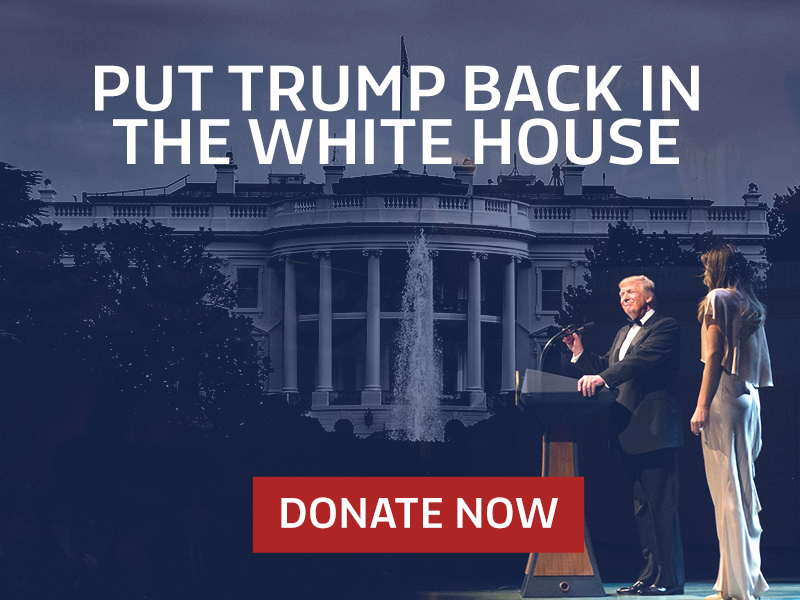As both U.S. and Mexico leaders pledge to work together in the fight against fentanyl, they face an uphill battle to stop what decades of presidents, politicians and policy campaigns on both sides of the border have failed to quell: Americans' appetite for drugs and Mexico’s ability to supply it.
While the flow of drugs from Mexico into the U.S. has been exasperated by President Joe Biden's border policies, Biden and Mexican President Andrés Manuel López Obrador agreed to work together to address the fentanyl problem during a meeting in November. López Obrador had previously said fentanyl was not a Mexican problem. After the November meeting, López Obrador said Mexico was "committed to continue helping to prevent the entry of chemicals and fentanyl" into the U.S., Reuters reported.
American opiod overdose deaths and poisonings – including from fenanyl – soared in 2021, the last full year in which statistics are available, to 80,441 from 68.630 in 2020, according to the National Institute on Drug Abuse.
Nearly 90% of U.S. voters told pollsters in The Center Square Voters' Voice Poll in August that they are concerned about fentanyl trafficking and the rising number of deaths the opioid has caused.
U.S. Treasury Secretary Janet Yellen this month stressed the importance of cooperation with Mexico in the fentanyl fight during her visit to Mexico City.
Both of those meetings came months after the Sinaloa Cartel reportedly told its members in June to stop the production and trafficking of illicit fentanyl in the face of growing pressure from U.S. law enforcement agencies. The Wall Street Journal reported the order came from the "Chapitos," the group led by the four sons of imprisoned boss Joaquín "El Chapo" Guzmán. The message was "stop or die," the Journal reported. U.S. officials were skeptical about the cartel's fentanyl ban.




